
In this series we examine Illinois state sites benefiting from sportsmen’s contributions through the Federal Aid in Wildlife Restoration (Pittman-Robertson or PR) program. One of the largest, and longest running, projects is the Statewide Public Lands Wildlife Habitat Development Project (W-76-D), designed to create wildlife habitat on public lands, provide facility access and recreation opportunities, and establish wildlife management demonstration areas for Illinois citizens.
Seven springs once provided early settlers with abundant drinking water on the property known today as Hidden Springs State Forest. Originally acquired for development of a state lake, site management shifted to multiple-use, namely sound timber and resource management complimented by compatible recreational opportunities, after the construction of the Shelbyville Reservoir.
Today, Hidden Springs is heavily wooded, with wildlife benefitting from food supplied by a host of native trees including oaks (white, red, black, bur, post, pin, shingle and chinquapin), hickories, maples (sugar and silver), black walnuts and butternuts.

But like many Illinois habitats, invasive, exotic plants, namely bush honeysuckle and autumn olive, have severely altered Hidden Springs’ recreational and wildlife values.
According to Doug Brown, Illinois Department of Natural Resources (IDNR) District Wildlife Biologist, Federal Aid in Wildlife Restoration W-76-D money is one funding source used on this open woodland management project.
“Creating a woodland with an open understory is a multi-step process,” Brown explained. “After removing a fair percentage of the exotic shrubs, we come in with prescribed burns, which research shows is most effective on exotic species when implemented during both the dormant and growing seasons. The final step entails creating an open understory through mechanical thinning.”
“The habitat work creates a more favorable environment for deer and deer hunters, but the process also benefits other recreationalists,” said Brown. “Birders are bragging about the number of red-shouldered hawk and pileated woodpeckers seen at Hidden Springs, and scientists believe that this management could eventually create ideal habitat for whip-poor-wills.”

The National Wild Turkey Federation (NWTF) partners with IDNR staff to set back the plague of exotic species at the state forest. Utilizing NWTF resources, in 2016 an NWTF contractor treated and removed exotic species on 43 acres, and created 10,129 feet of firebreaks, further delineating management units with defendable firebreaks and enhancing the ability for staff to conduct prescribed burns on a regular basis.
Brown credits the NWTF work for beneficial changes to the woodland structure.
“By opening both the canopy and mid-story levels, additional light will reach the forest floor, encouraging those native plant species that provide ideal nesting and brood rearing cover for turkey broods,” Brown remarked.
Things aren’t about to slow down at Hidden Springs. In 2017 the Illinois Natural History will radio-collar some wild turkeys to monitor how the site’s population responds to the timber management practices. In addition, plans for future State Wildlife Grant (SWIG) and Illinois Habitat Stamp monies includes expanding the acreage where exotic shrub control takes place, enhancing native plant species and improving recreational opportunities for sportsmen and others.
Hunting and Trapping at Hidden Springs
Available Game Species: Species available are dove, rail, snipe, woodcock, quail, pheasant, wild turkey, rabbit, squirrel, deer (firearm, bow, muzzleloader), raccoon, opossum, coyote, fox and skunk.
Hunter Fact Sheet and Hunting Regulations for Hidden Springs
https://huntillinois.org/sites/hidden-springs-sf/
About the Site
Hidden Springs State Forest
2438 E 700N Rd.
Strasburg, IL 62465
(217) 644-3091
County: Shelby
Website: https://dnr.illinois.gov/parks/park.hiddensprings.html

Directions: Hidden Springs State Forest is 10 miles southeast of Shelbyville (turn south of Illinois Route 16 onto any of a number of county roads) or 4 miles west of Strasburg (proceed 2 miles south of Strasburg on Illinois Route 32, turning right (west) at the sign to the park).
Kathy Andrews Wright retired from the Illinois Department of Natural Resources where she was editor of OutdoorIllinois magazine. She is currently the editor of OutdoorIllinois Journal.

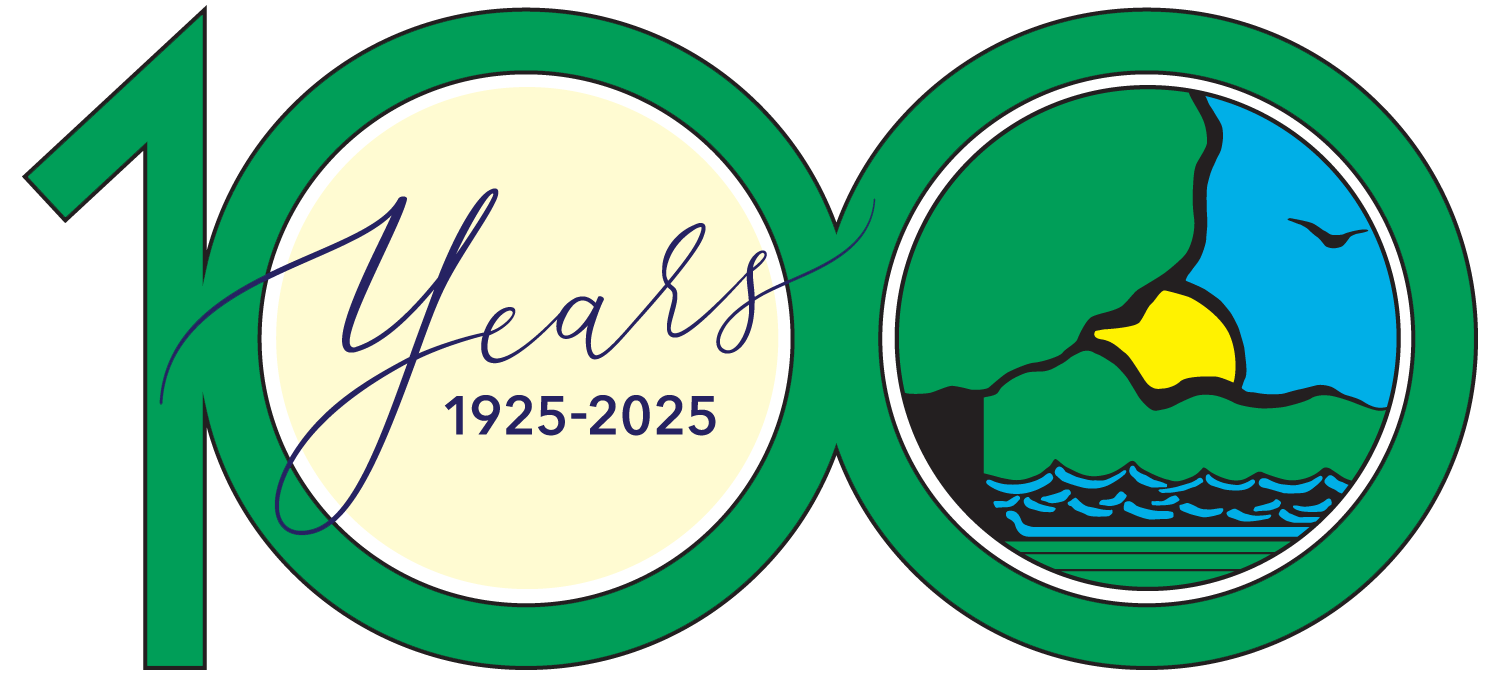

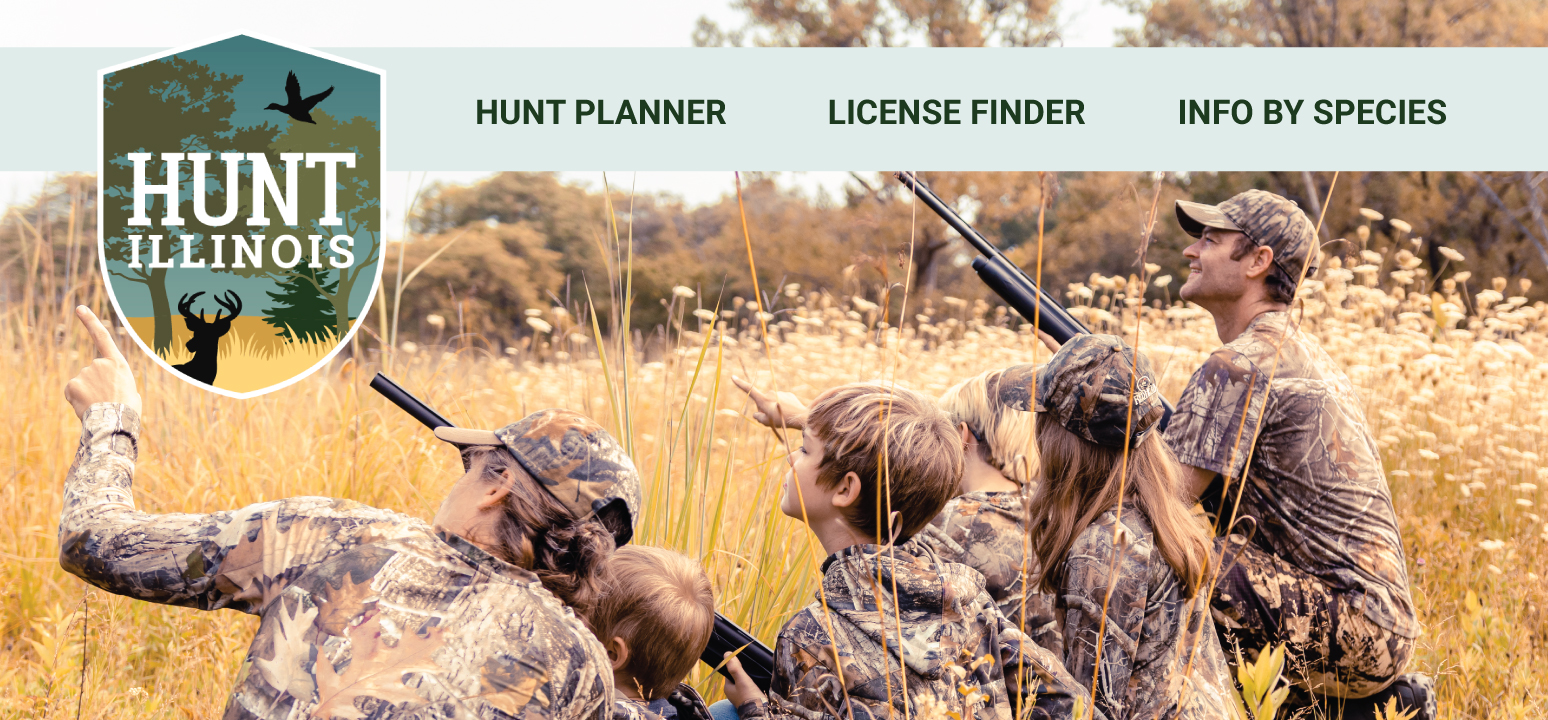

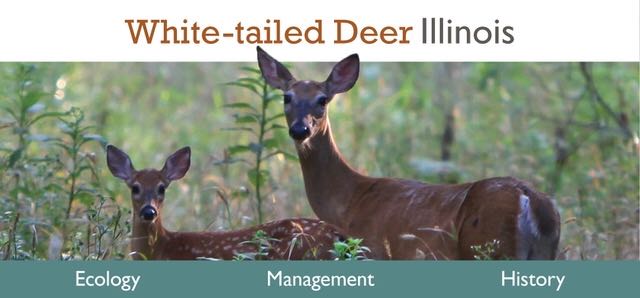
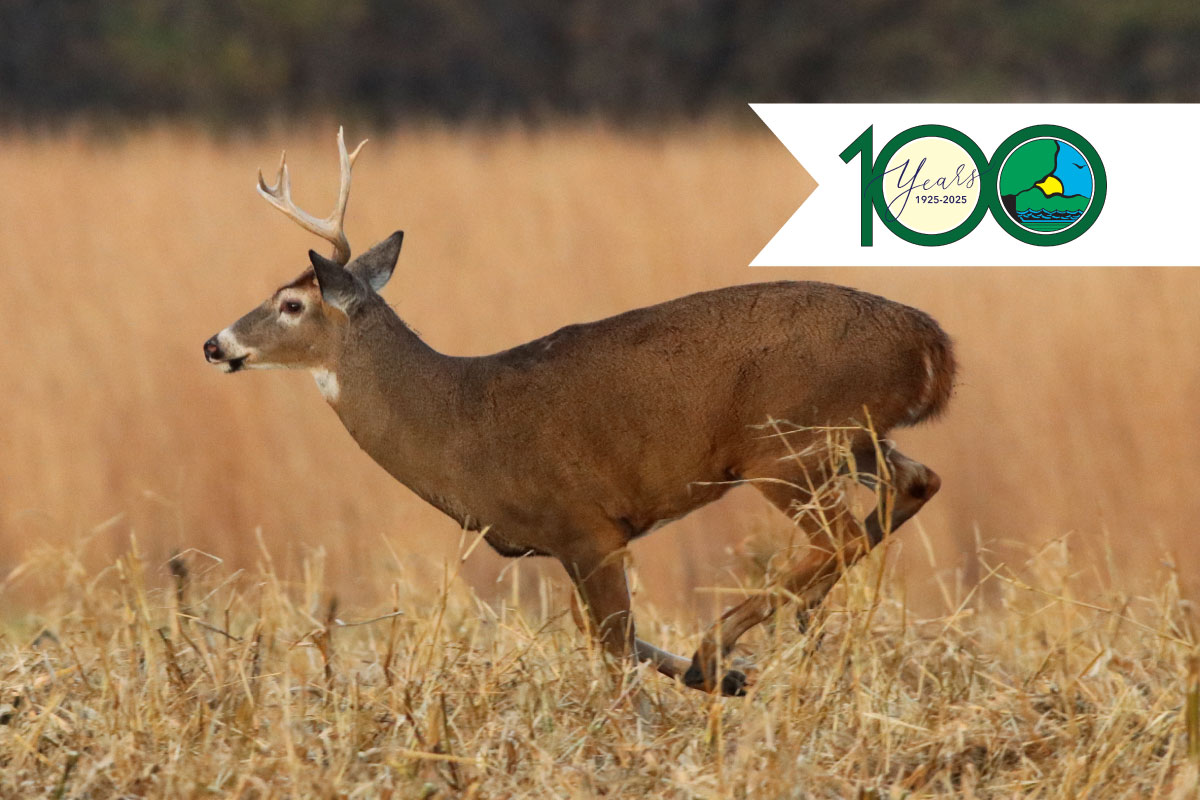
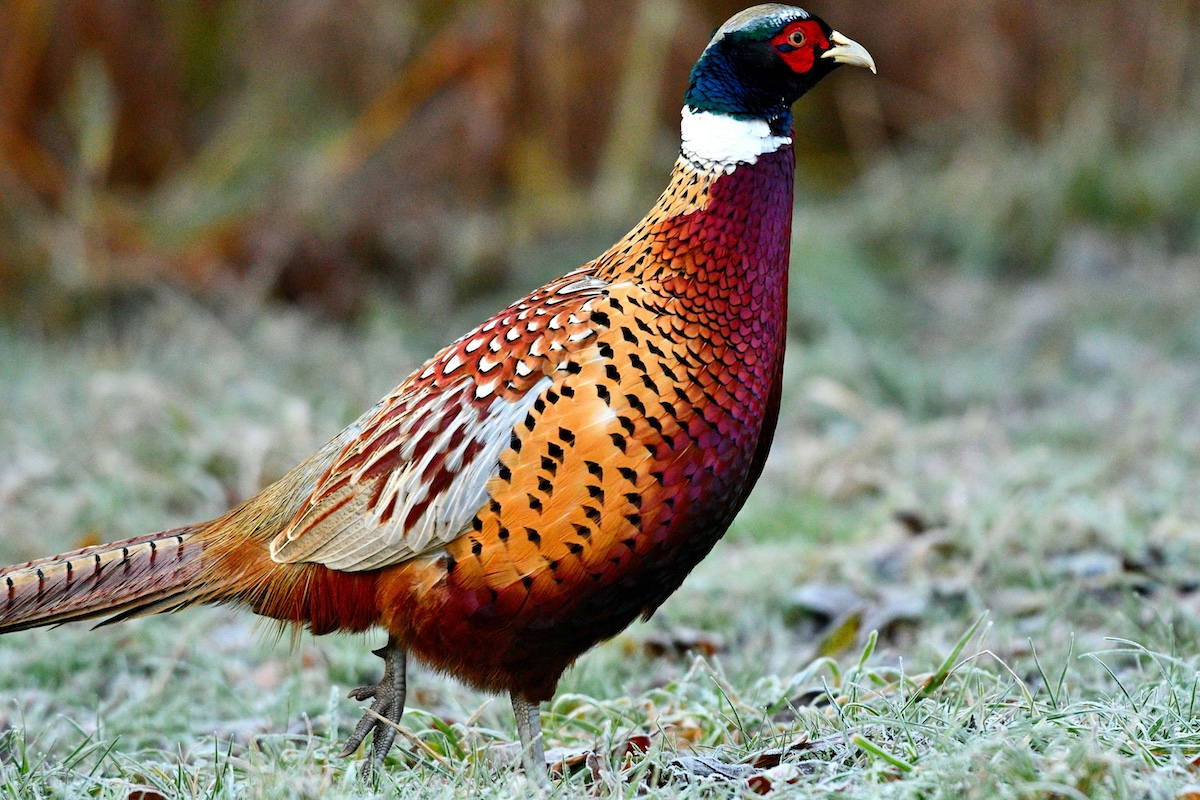

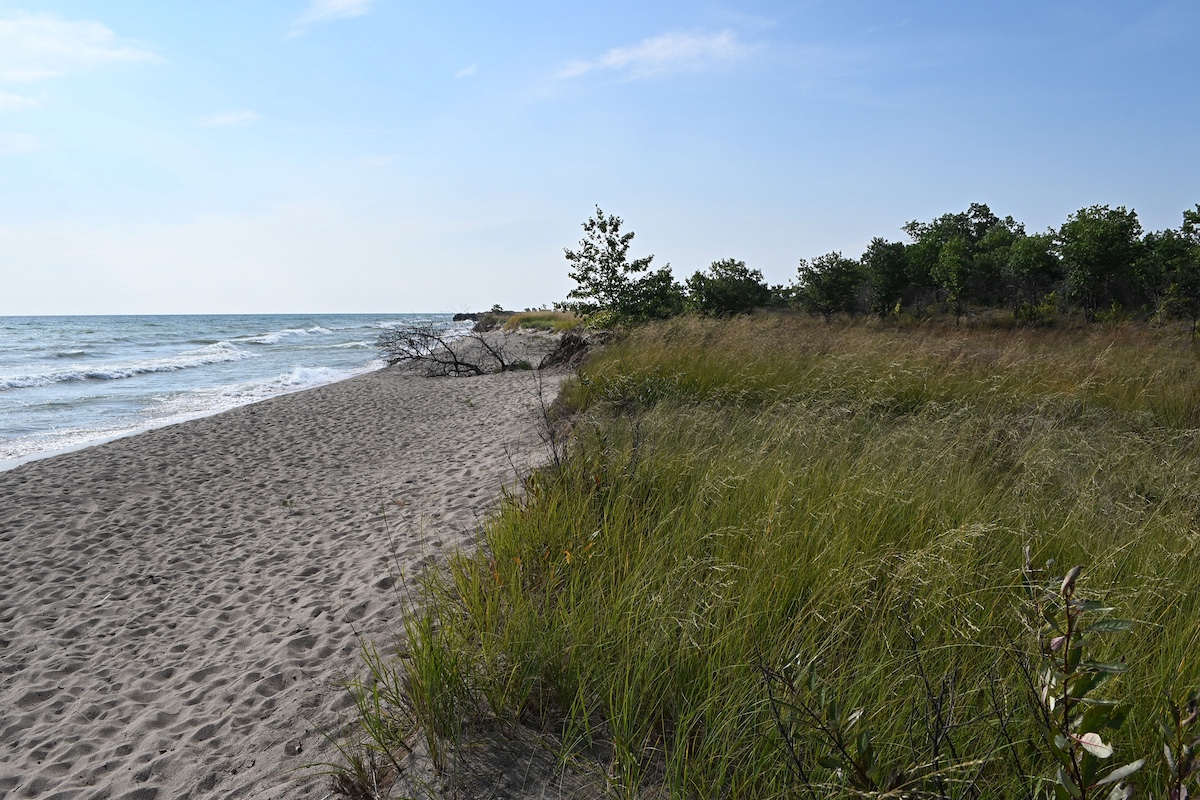
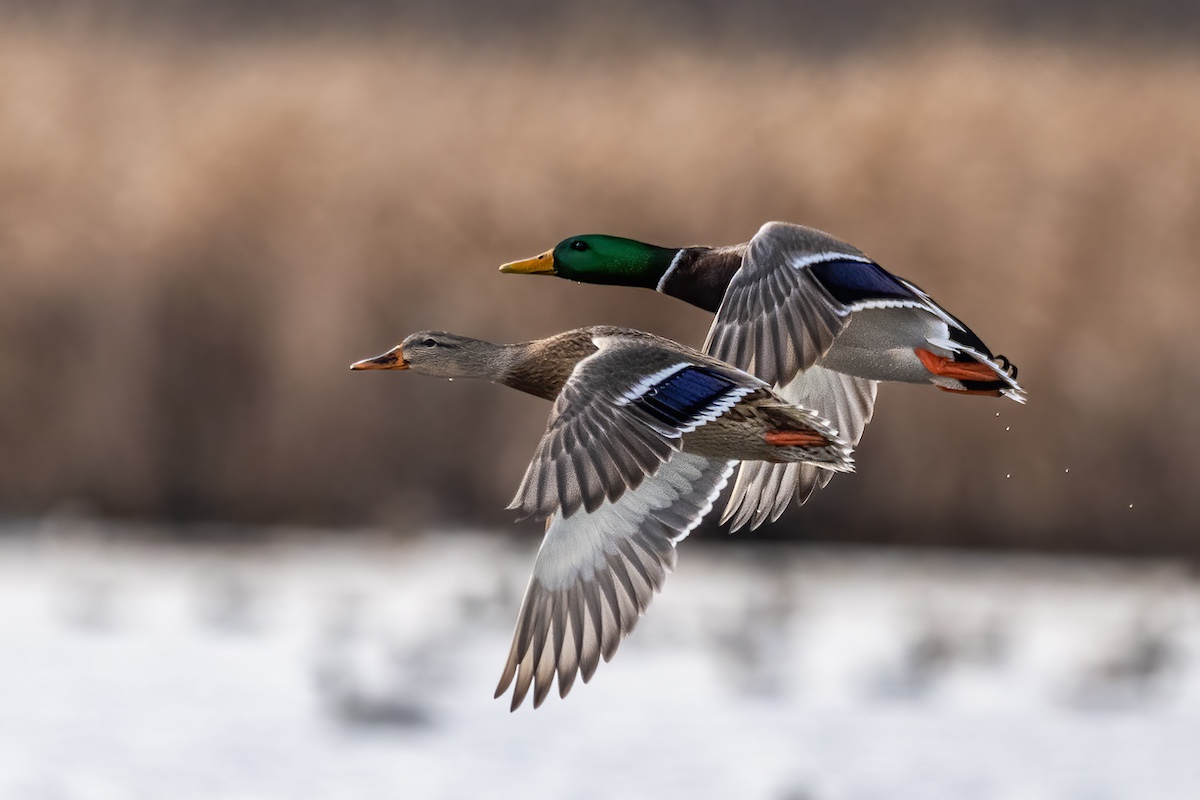
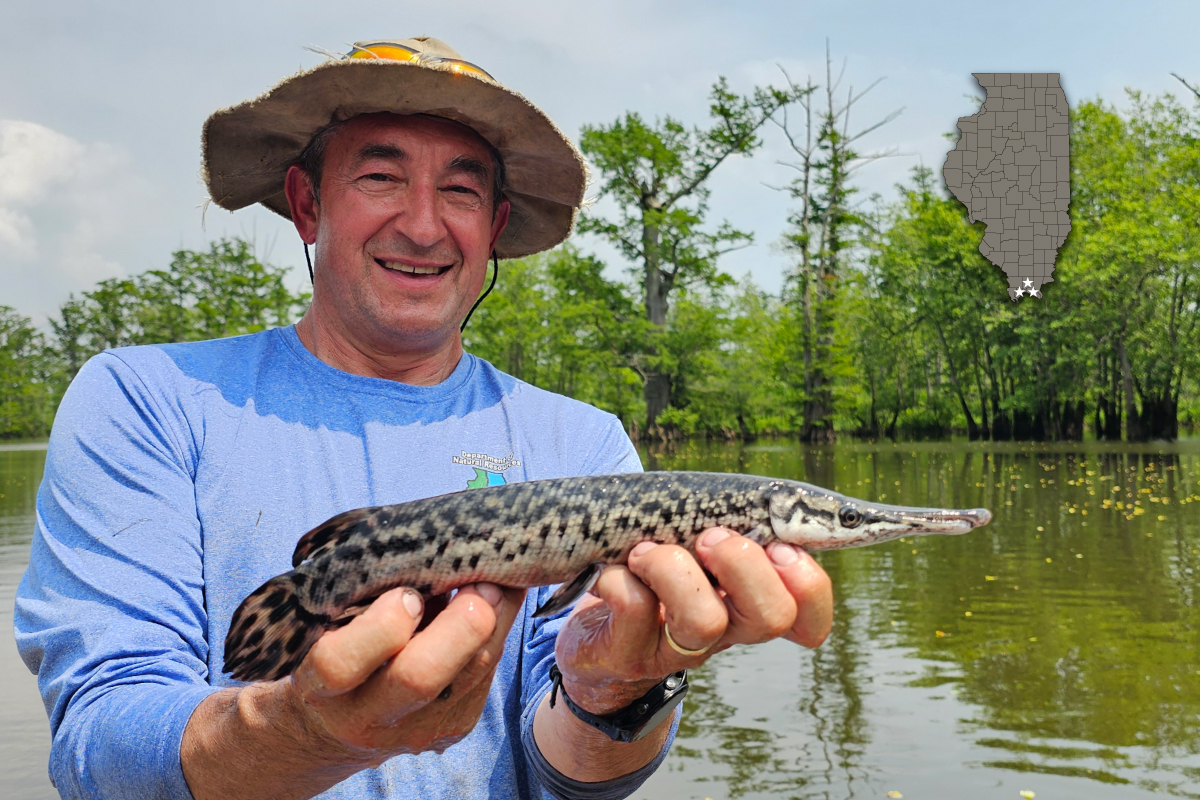
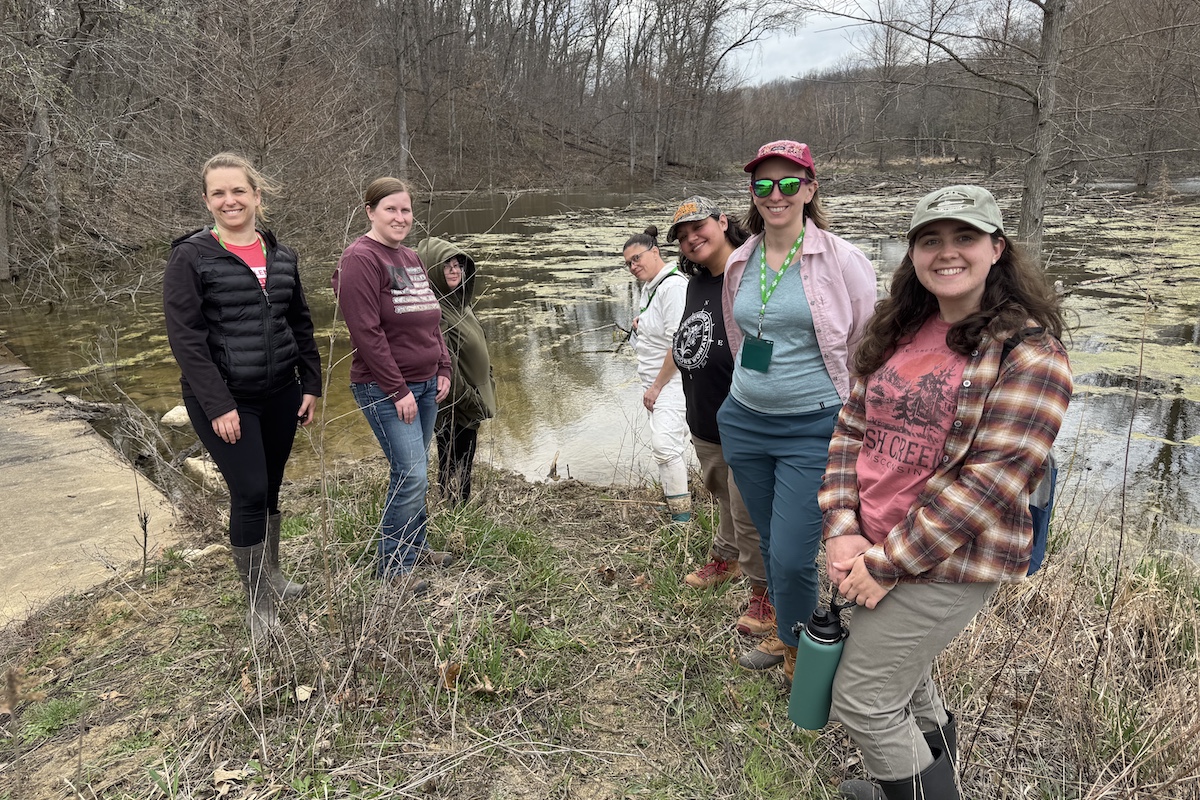
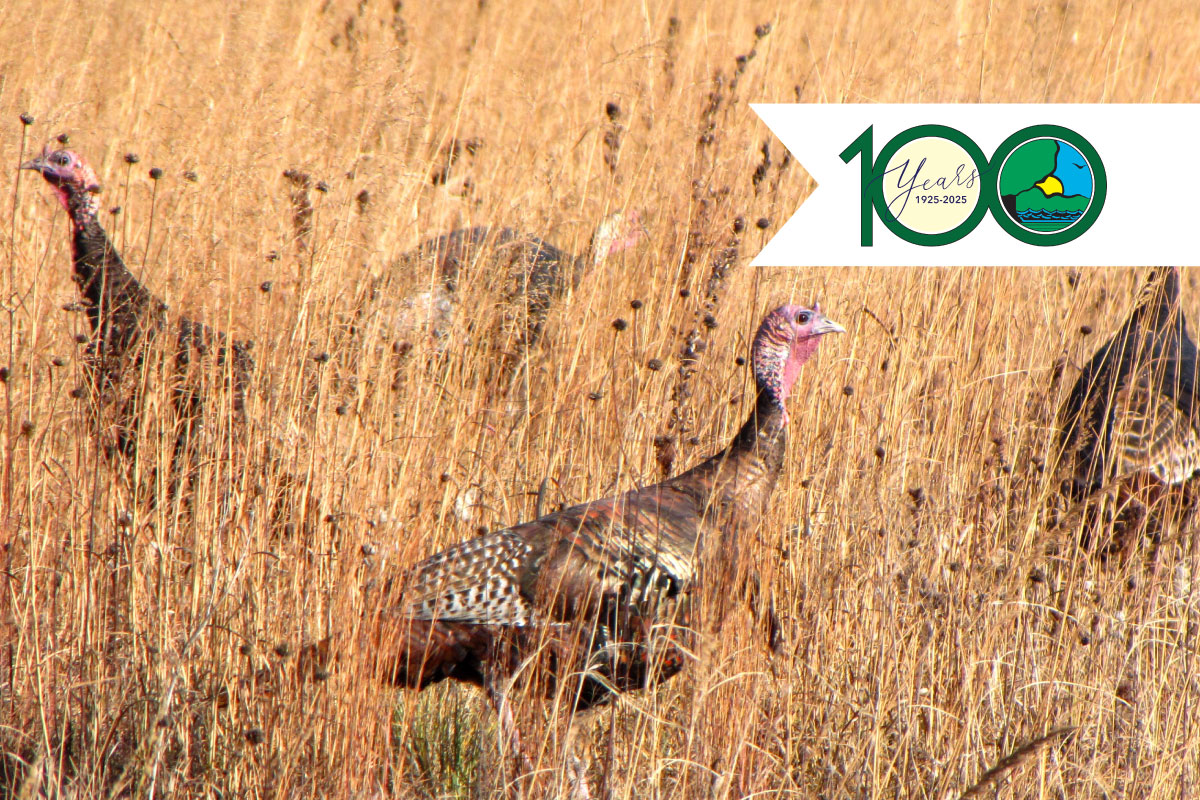
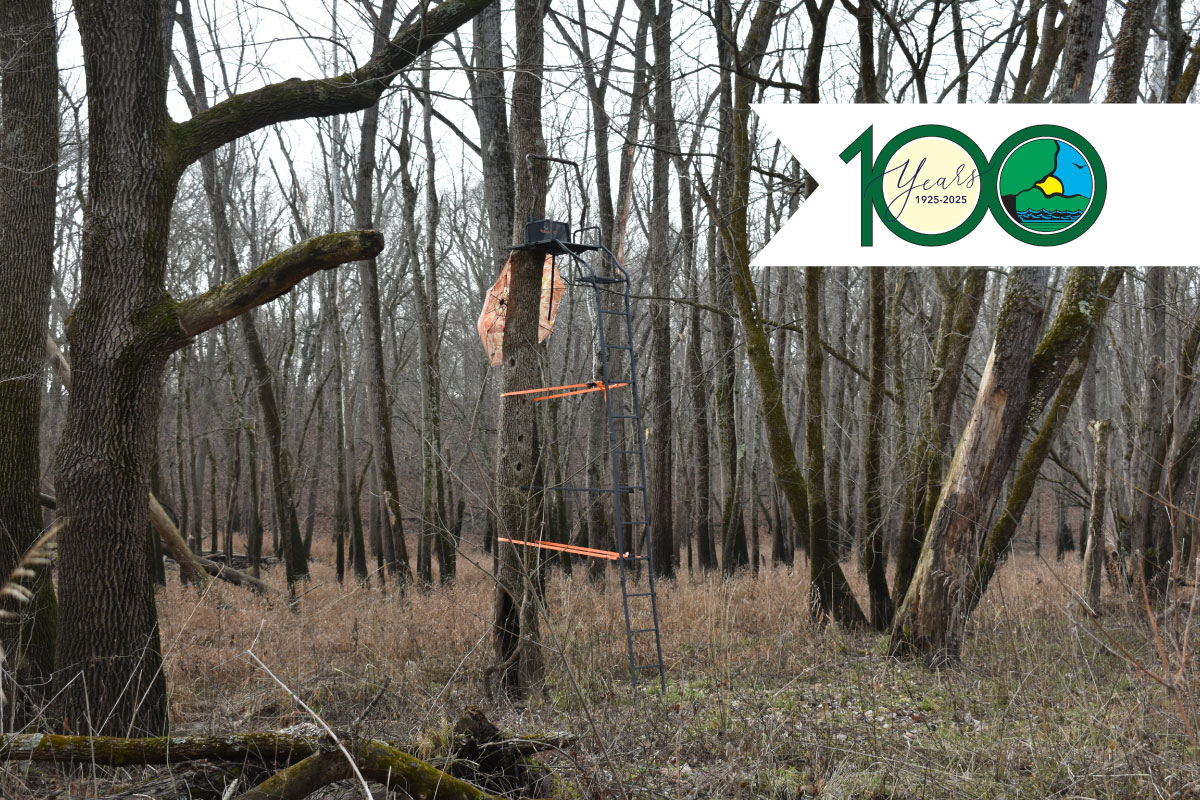
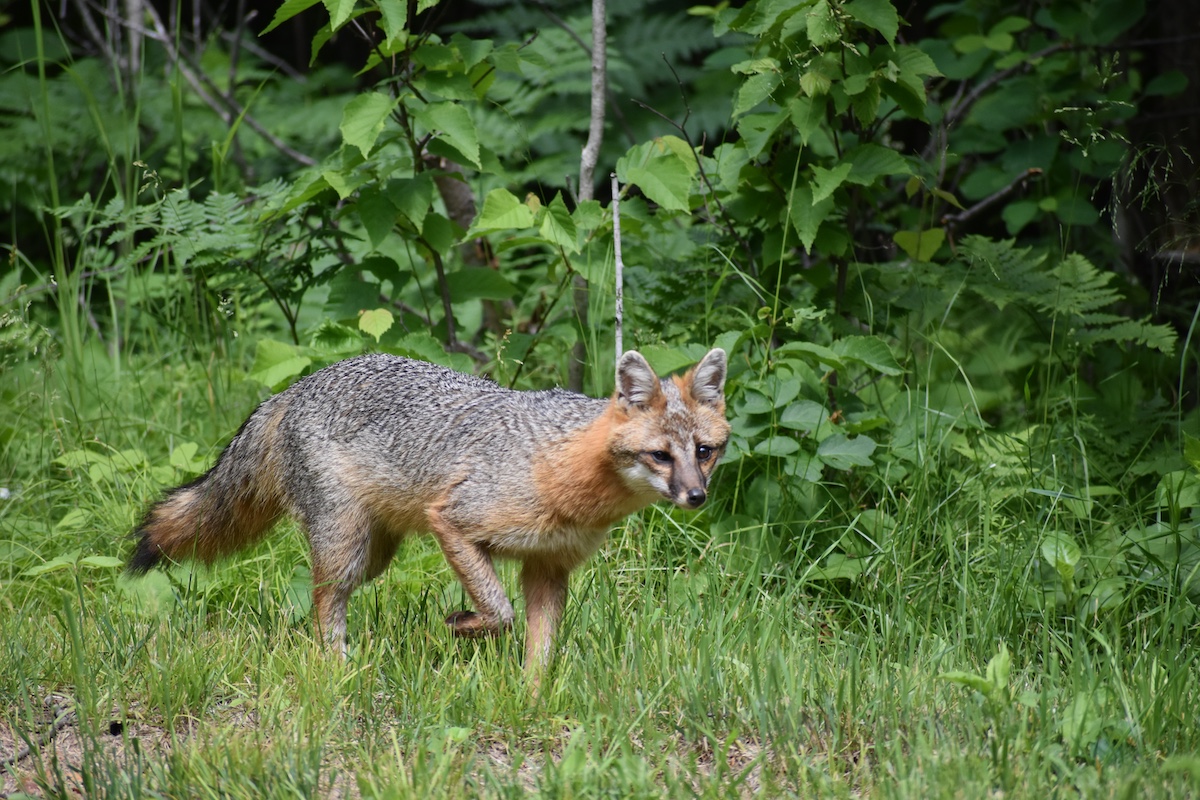
Submit a question for the author